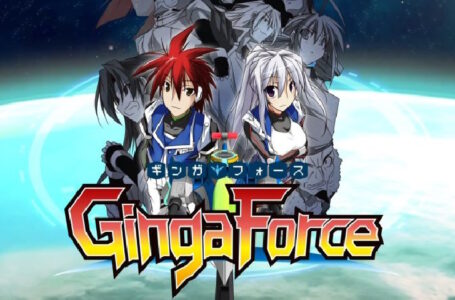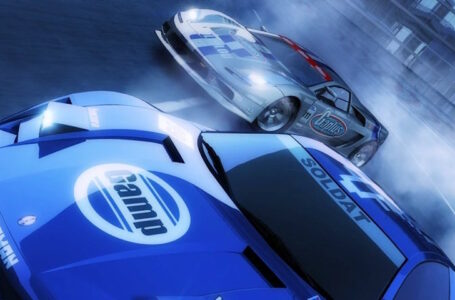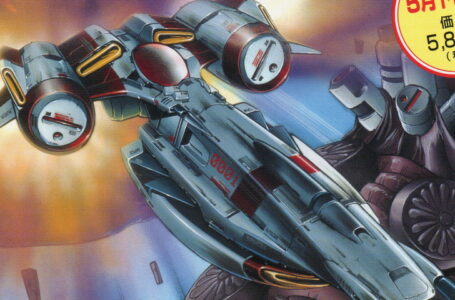Blissful Death: Dangerous Seed is Namco’s take on Cresta-style multi-ship shooting
One of my favourite gaming-related hobbies these days is to explore obscure Namco games that seemingly no-one has ever heard of. Sure, everyone knows the big names of Pac-Man, Xevious and the like — but where’s the love for Star Luster and its brilliant sequel Star Ixiom? Phozon? Or, indeed, Dangerous Seed? Right here, that’s where.
I bring up Dangerous Seed this week for a few reasons. Firstly, because it’s a new release in Hamster’s excellent Arcade Archives series. Secondly, because of my aforementioned interest in obscure Namco titles. And thirdly, because Sol Cresta is out today — we’ll be covering that in detail as soon as my physical copy arrives, don’t you worry — and Dangerous Seed feels distinctly like Namco trying their hand at making something rather similar to Sol Cresta’s precursor, Terra Cresta.
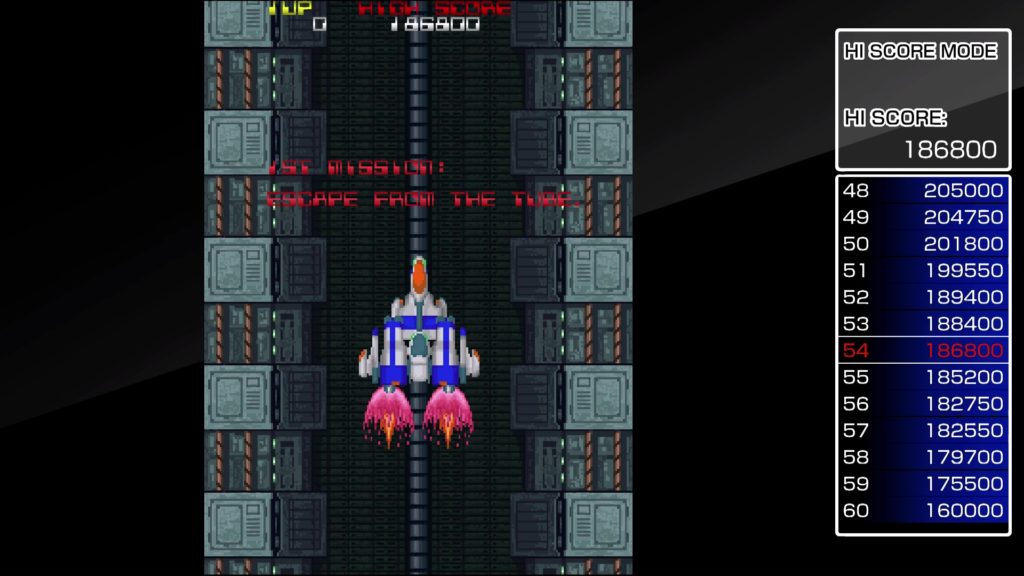
For the unfamiliar, Nichibutsu’s Cresta series has always made multi-ship gameplay a core part of its overall mechanics. In original entry Moon Cresta, each life was represented by a ship with a slightly different size and firing pattern, and continual success without making mistakes allows you to dock these ships together for increased firepower. Terra Cresta, meanwhile, sees you discovering additional ship parts buried in enemy ground installations — and, again, docking these together increases your firepower as well as providing you with a few different tactical options.
Dangerous Seed isn’t a straight ripoff of either of these games, but its inspiration is clear. If anything, it feels like it combines the ship mechanics of Moon Cresta with the more scripted levels of Terra Cresta — in other words, each of your three lives in Dangerous Seed sees you flying a different ship, and in order to succeed it’s not about destroying fixed enemy waves, it’s about surviving vertically scrolling stages and defeating bosses.
Dangerous Seed is split into groups of five stages, each referred to as a “Tube”. In the first four stages, you must fly one of the three available ships individually, attempt to survive and defeat the boss. In the fifth, meanwhile, your surviving ships will combine together into the “Moon Diver” craft, which has significantly stronger firepower and a larger health bar. Once you clear the Moon Diver stage, it’s on to the next set of levels — which, of course, are harder.
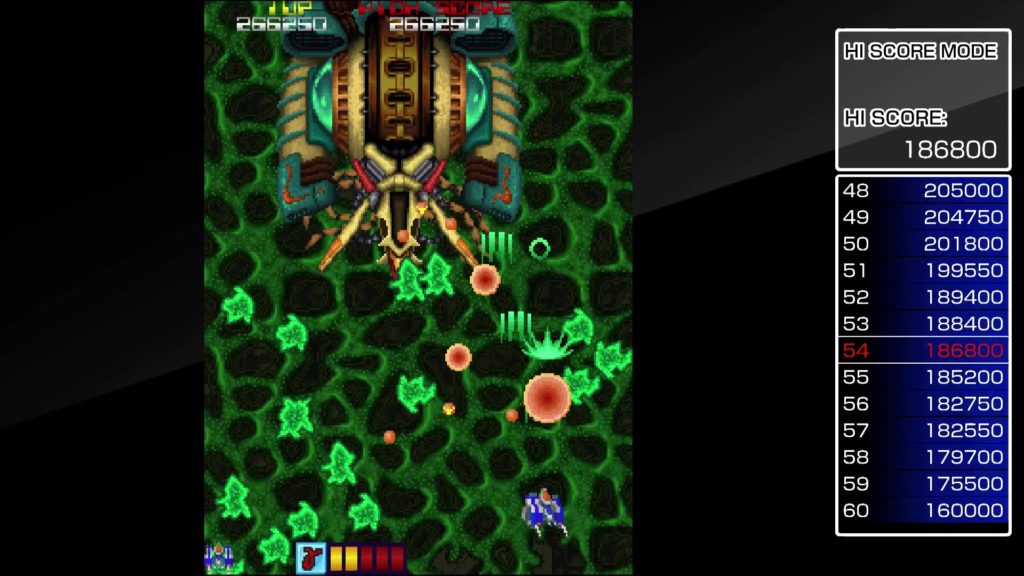
You’ll notice I said “health bar” there; yes, Dangerous Seed stands out from many of its peers by allowing the player ship to take a number of hits before actually losing a life. The exact number depends on which of the three ships you’re flying. Following Moon Cresta’s format of your first ship being the weakest but also the smallest target, your initial Alpha ship can take just three hits; the second Beta ship can take four; the final Gamma ship can take five. Don’t get too comfortable, though; a distinct lack of invincibility frames when taking damage means you can lose all those hit points remarkably quickly if you suffer a sustained attack or overlap an enemy.
Each ship has its own firing pattern, which can be gradually upgraded in terms of both power and spread as you progress through the levels. Once again, the Alpha ship has the narrowest range, while the Gamma has the largest, most powerful spread by default. Each ship also has its own unique special weapon; rather than being “panic bombs”, these are best used offensively, as they are strong attacks that hit a distinct part of the screen. Arguably this is the one area where Alpha is stronger; its “ring laser” attack covers a significant portion of the screen for quite some time, making it great for clearing out enemy swarms.
Each life starts with just one charge of this special weapon, but additional charges can be picked up from special “turtle” ground installations that you destroy, with specific colours corresponding to different pickups. Notably, the yellow “turtles” provide either an energy capsule, which replenishes a point of health, or a hyper capsule, which allows you to fly at high speed over the rest of the level with complete invincibility before finally being deposited just ahead of the boss. While “warping” like this, you can continue firing, so it’s a great way to quickly rack up some easy points — though the hyper capsule only appears at random, so it cannot be relied upon.
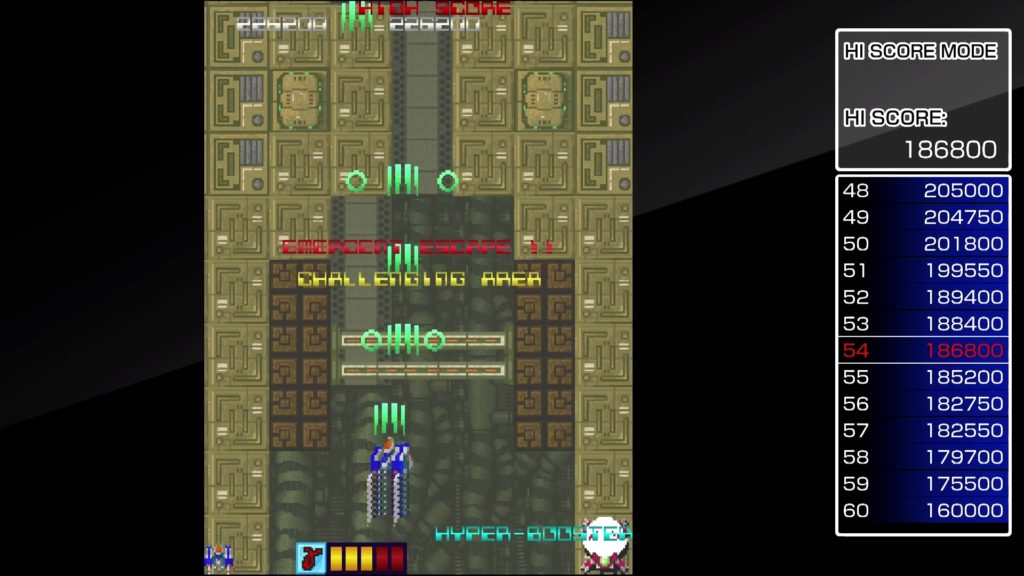
Dangerous Seed’s enemies are distinctly organic in nature, with end level bosses typically being inspired by creepy-crawlies such as ants and snails. Notably, bosses feature numerous different weak points which can be blown off independently of one another, negating their various attacks with proper strategy — though rather than requiring you to destroy a central “core”, boss foes are simply defeated once they have taken a certain amount of damage in total, regardless of how many weak points you destroyed.
The game features a catchy soundtrack and some meaty, crispy digitised explosion sounds; it’s a thoroughly late ’80s game from top to bottom, and it’s honestly surprising that it’s not a better known entry in Namco’s back catalogue — at least it would be if the game had ever made it out of Japan prior to now.
No, the reason a lot of these “lost” Namco treasures are largely unknown here in the west is because they never made it over here — either in their original arcade form, or as console ports. That said, some western publications did review the Mega Drive port as an import title — but few came away particularly impressed, primarily because pretty much the entire western games press was suffering from collective “shoot ’em up fatigue” by this point. Consequently, as good as we recognise many 16-bit shoot ’em ups are today, a lot of them were derided as boring and unimaginative back in the late ’80s and early ’90s, purely because there were so many of them around at the time.
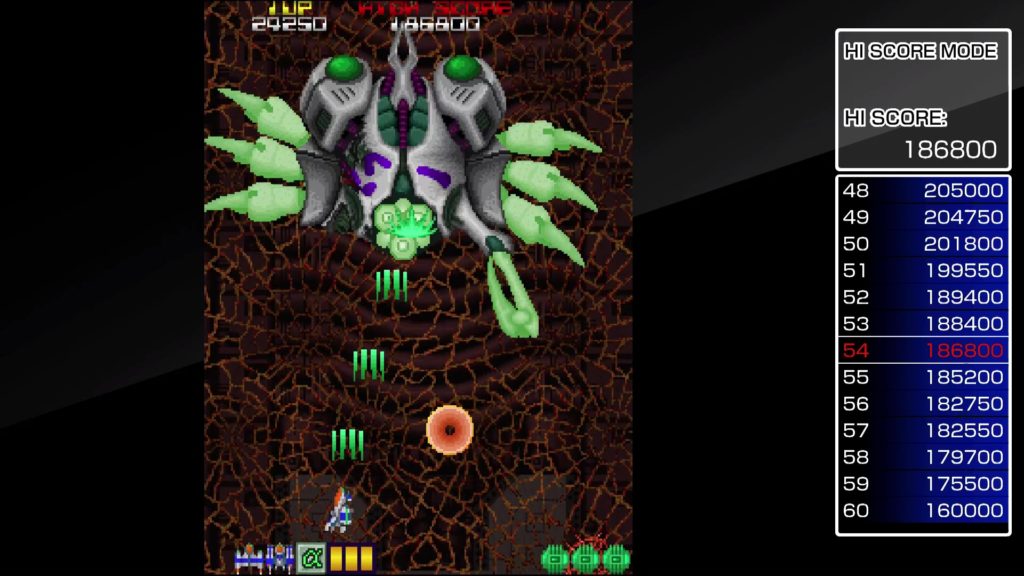
Of course, these days we recognise that this is because the hardware of the period was eminently suited to this sort of game — plus developers were excited about the continual refinement process of making their own twists on a genre of gaming that had been a thing since the very beginning. Dangerous Seed certainly fits into that context nicely; while it may not strictly speaking be innovative, its exact combination of different elements makes it stand out as a distinctive work worth exploring — and taken purely on its own merits, it’s a well-presented, attractive shoot ’em up that is worthy of your time and attention.
Plus these days, of course, the Arcade Archives version allows you to enjoy the monstrously addictive metagame of chasing online high scores in real time. And that feature alone is going to see me returning to Dangerous Seed frequently for quite some time yet. At least until my copy of Sol Cresta arrives, anyway…
Dangerous Seed is available now for Nintendo Switch and PlayStation 4.
Join The Discussion
Rice Digital Discord
Rice Digital Twitter
Rice Digital Facebook
Or write us a letter for the Rice Digital Friday Letters Page by clicking here!
Disclosure: Some links in this article may be affiliate links, which means we may earn a small commission if you make a purchase after clicking on them. This is at no additional cost to you and helps support Rice Digital!
- Letter from the Editor: passing the torch - June 30, 2023
- Super Woden GP 2 is looking promising - June 30, 2023
- Inti Creates is making a 32 bit-style Love Live action platformer - June 26, 2023





